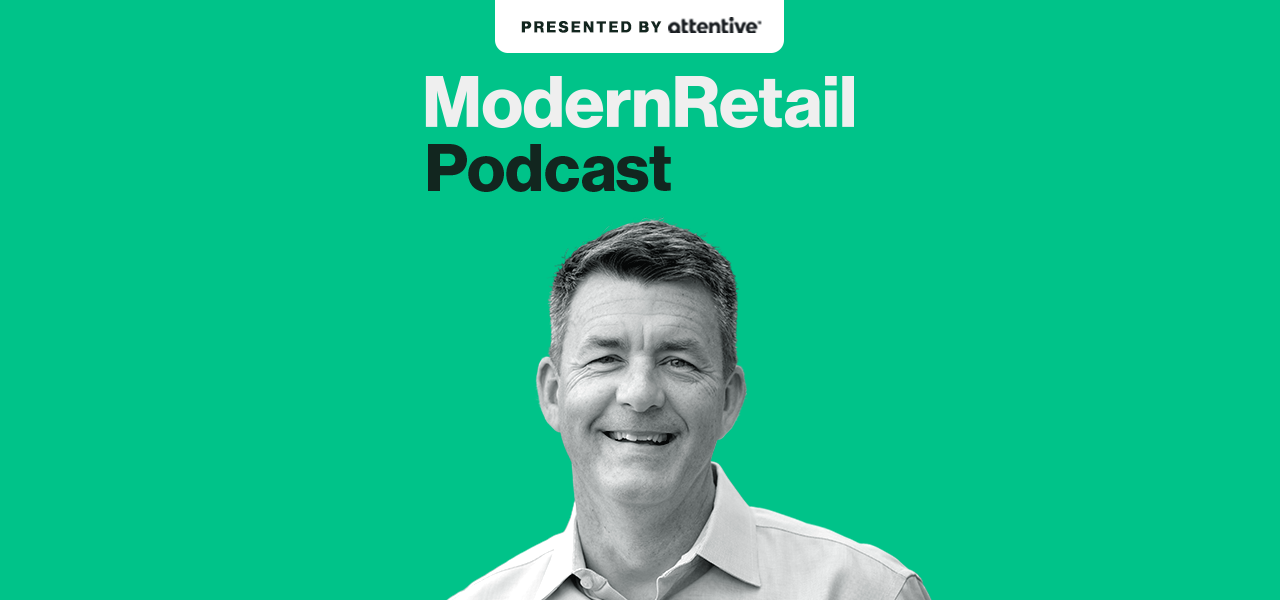‘We’re a growth brand’: Tillamook’s CEO on the dairy company’s eastward expansion

Subscribe: Apple Podcasts | Stitcher | Google Play | Spotify | RSS
It’s tough transforming a local brand into a national name. But that’s what Oregon-based dairy company Tillamook is trying to do.
Over the last few years, the company began an eastward expansion — going beyond the Pacific Northwest as far as the East Coast. And, according to CEO Patrick Criteser, it seems to be working. In 2017, he said on the Modern Retail Podcast, 95% of Tillamook’s sales were made west of the Rocky Mountains. Today, “we’re about 10% to 15% east of the Rockies.” The dairy company added 4.6 million new households to its customer base this past year, most of which, Criteser said, were on the East Coast. Even during the pandemic, Tillamook was still able to grow.
Tillamook launched in 1909 as a local dairy cooperative, and recently became a certified B corporation as well. Despite the company’s storied history, it’s never seen a year quite like 2020.
According to Criteser, there were many demand spikes — as well as supply chain hiccups. “There were certainly a lot of challenges in the last year,” he said, “but a lot of opportunity for us to play an important role in making sure the food supply stayed there and reliable for folks as they went to the grocery store.”
One big change he noticed was the rise of home cooks testing out new ingredients. “We definitely saw people cooking more at home, certainly eating more at home [and] experimenting with ingredients.” These constant fluctuations meant Tillamook had to re-strategize throughout the year to handle the ebbs and flows. Ultimately, Criteser said, “it played out pretty well for us as a business.”
With all that in the rearview mirror, the focus is now to continue expansion. “We’re a growth brand,” said Criteser, “and we’re continuing to gain new distribution and make sure that we can sell through that distribution and keep it.”
Ad position: web_incontent_pos1
Here are a few highlights from the conversation, which have been lightly edited for clarity.
On changing Tillamook’s image
“The big turning point for our growth strategy was in 2014, when we went out with much bolder marketing. The reason we did that [is] we felt like it was important to cause people to notice the dairy category — notice that there are some interesting things there. Because of the tight geographic distribution of the business, we had fallen into a bit of a pattern of over-promoting the product and price discounting in order to drive volume in the same geography with very high penetration and very high shares. What we sought to do was reset the way retailers and consumers saw our brand — that they saw would see it as… an everyday premium product. So: I’m going pay a little bit more for it, but there’s a lot more care that goes into producing it.”
The grocery business came through in the clutch
“We all remember those panic days in March and April of 2020, where people were worried [they were] going to run out of food. And I was actually interviewed a couple of times saying, look, this is an amazing food system, we’re going to put food on the table. And that played out. I mean, if you went to the grocery store looking for something and it wasn’t there, you go the next day and it was probably there. The retailers did an amazing job, food manufacturers did amazing job and agriculture was there to help the country.”
Why Tillamook went the B Corp. route
“We’ve learned a lot from the B Corp. process, and there were some adjustments we made. We felt like the way we were doing business fit very well with the way [we did things] before… We also felt like by joining that community, we would be pushed to continue the progress that we were making in terms of the way we were operating our business. That was a main motivator.”

